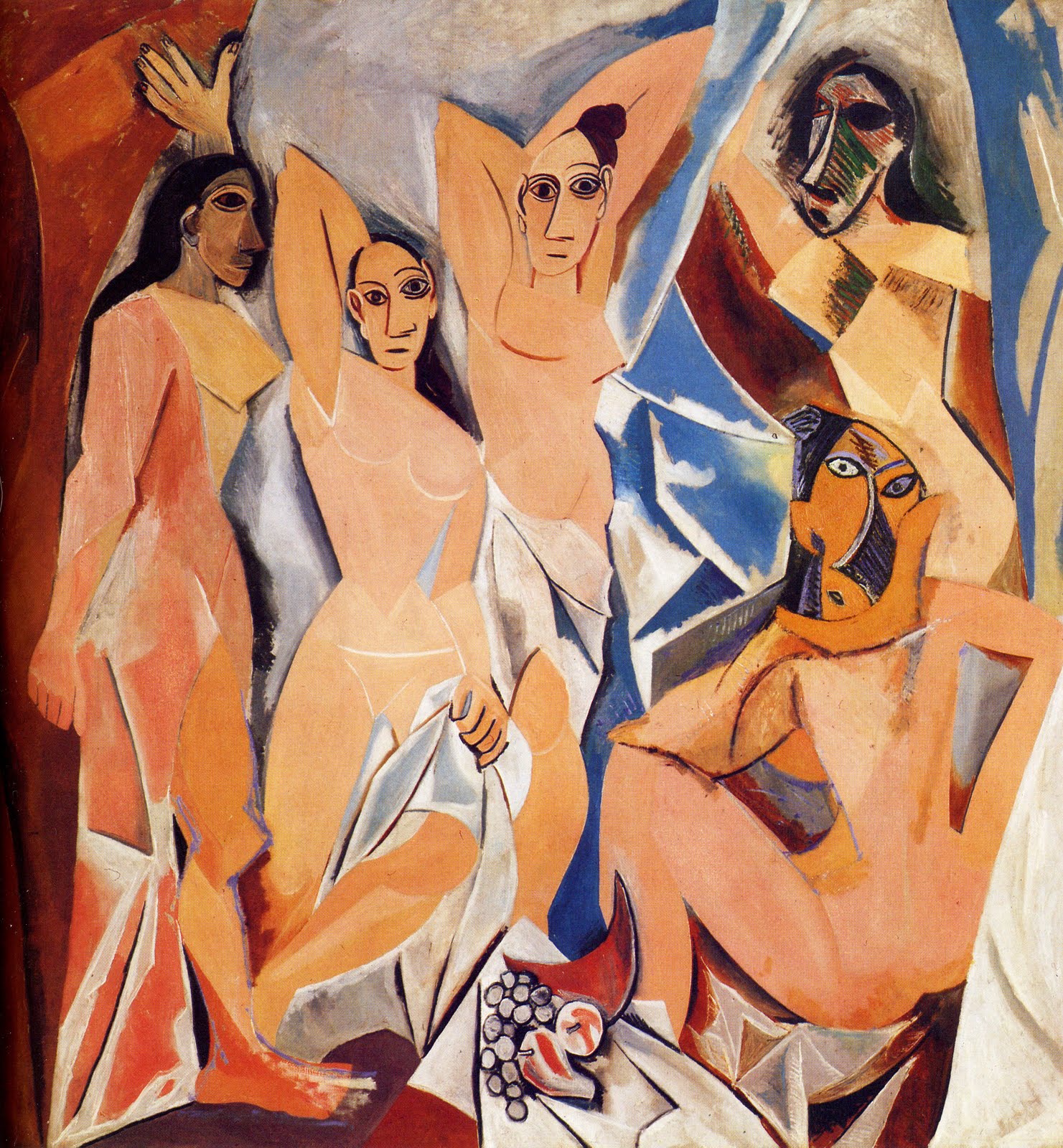Instructions for Side by Side Printing
- Print the notecards
- Fold each page in half along the solid vertical line
- Cut out the notecards by cutting along each horizontal dotted line
- Optional: Glue, tape or staple the ends of each notecard together
Art Appreciation: Chapters 1-3 Test Preparation
front 1 According to Sayre what are the three steps in the process of "seeing"? | back 1 reception, extraction, inference |
front 2 Objects that are intended to stimulate a sense of beauty in the viewer are thought to be _______ rather than functional. | back 2 aesthetic |
front 3 We can clearly see the artistic impulse to "give form to the immaterial," to represent hidden or universal truths, spiritual forces, and personal feelings in: | back 3 religious art |
front 4 Which of these is not a principle of "green architecture"? | back 4 architects look to continue to use building techniques and materials that have been in use since the Industrial Revolution in the West |
front 5  Where did Picasso draw inspiration for the faces of the female figures on the right side of the composition of "Les Demoiselles d'Avignon"? | back 5 African ritual masks |
front 6  Jan van Eyck's "Giovanni Arnolfini and His Wife Giovanna Cenami" depicts many objects that have symbolic meaning. The use or study of these symbols is called: | back 6 iconography. |
front 7  In "The Treason of Images," the artist combines awareness, creativity, and communication by encouraging the viewer to look closely at an object. The artist is: | back 7 René Magritte. |
front 8  When a work of art such as Kasimir Malevich's "Suprematist Painting, Black Rectangle, Blue Triangle (p. 29) shows no reference to the natural world of images, it is usually called: | back 8 nonrepresentational. |
front 9 Which of these statements best defines visual literacy? | back 9 the ability to recognize, understand, and communicate the meaning of visual images |
front 10  Rene Magritte's "The Treason of Images" asks us to consider_______. | back 10 that images and words refer to things that we see, but are not the things themselves |
front 11 The symbolic hand gestures that refer to specific states of mind or events in the life of Buddha are called | back 11 mudra. |
front 12 The terms naturalistic or realistic art are sometimes used to describe | back 12 representational art. |
front 13 In a work of art, "content" refers to | back 13 what the work expresses or means. |
front 14 What is the chief form of Islamic art? | back 14 calligraphy |
front 15 According to the National Endowment for the Arts what activist role should artists take? | back 15 They should educate the public about the value of art. |
front 16 The artist's relation to the public often depends upon how it views | back 16 what the artist is trying to say. |
front 17 Historically, why do many people receive new and innovative work with reservation? | back 17 They have little context in which to view the work. |
front 18 What specific component of the National Endowment for the Arts made works of art available to the general public? | back 18 the Arts in Public Places program |
front 19 Which sculptor eventually saw his controversial work destroyed? | back 19 Richard Serra |
front 20 In Chapter 3, Sayre discusses two ways of valuing art. What are they? | back 20 monetary and intrinsic |
front 21 What is the relationship between form and content? | back 21 They're opposed to each other; form is the literal shape and mass whereas content is the meaning of an image. |
front 22 Define subject matter. | back 22 The literal, visible image in a work of art, as distinguished from its content, which includes the connotative, symbolic, and suggestive aspects of the image. |
front 23 The first exhibition that introduced most Americans to "modern" art was what? | back 23 1913 Armory Show in New York. |
front 24 Identify the four roles that artists play that have not changed over time. | back 24 1) Artists help us see the world in new/innovative ways.
|